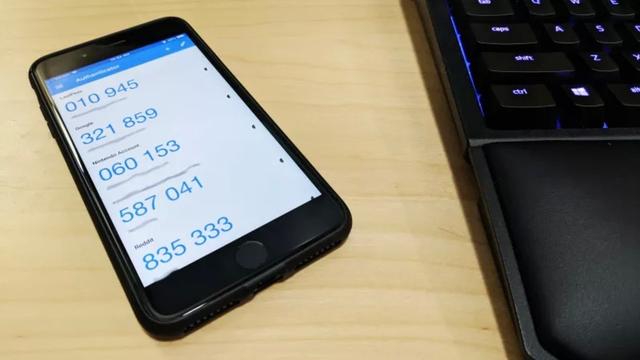The end of BlackBerry-the former smartphone champion who lost to Apple and Google ZDNet Japan
By coincidence, the day after Apple celebrated its first ever US market capitalization of $3 trillion, BlackBerry ended support for the company's last few smartphone models. To be sure, it wasn't just Apple's iPhone that ousted BlackBerry from its early dominance in the smartphone market. But the iPhone, along with Google's "Android," is making strides in ignoring the decline of the former smartphone king.
Rise of BlackBerry
BlackBerry 850For most of BlackBerry's glory days, the company was called Research in Motion (RIM). In 1999, the company shot to stardom with the BlackBerry 850, a pager-like device with a built-in QWERTY keyboard and two-way email communication. Development of the early "Inter@ctive Pager" series products, which became the base, was discontinued when BlackBerry's popularity increased.
With the 850 as a trigger, BlackBerry began to prefer devices with QWERTY keyboards, but a product that could be recognized as a smartphone was finally released in 2003. The product is the first model in the "BlackBerry 6200" ("BlackBerry Quark") series. At a time when most phones were still foldable, Quark had a monochrome display with a full QWERTY keyboard and some extra navigation keys underneath. Early 2G cellular data networks provided email service, but few other features.
Immediately after that, models of the "BlackBerry 7200" series and the "BlackBerry Charm" ("BlackBerry 7100" series) with color displays appeared. RIM's "SureType" keyboard, which replaced the full QWERTY keyboard experience on the 7100 series, was two letters per button. This layout was also used in later series such as "BlackBerry Pearl", but of course it did not gain much popularity.
In the next few generations, there were display improvements, exterior redesigns, and the addition of interesting new technologies such as Bluetooth. Then, in 2007, RIM launched one of the most beloved models the company has ever made. It's the BlackBerry Curve. The model's new trackball-based controls were revolutionary, allowing for quicker and easier access to BlackBerry's ever-increasing capabilities. Trackballs were eventually replaced by trackpads in the BlackBerry Bold series, but Curve's design language would go on to characterize every truly iconic BlackBerry device ever made.
The Beginning of the End
BlackBerry Curve 9360Unfortunately for the BlackBerry Curve, 2007 was also the year Steve Jobs announced the iPhone on stage. Contrary to the way BlackBerry thought about smartphones, the iPhone allowed you to text, email, and browse the web using just the touchscreen (it's embarrassing now, and I blame Apple's choice at the time). There were many comments, but I will not touch on them in this article.)
In addition to the user-friendly input method, there is a very important aspect of the iPhone strategy that will haunt RIM for many years. This may be the biggest factor in BlackBerry's decline. Apple has been consumer-focused from the beginning.
RIM spent years trying to convince the average user that their business device could be a great smartphone. Apple, on the other hand, has drawn these users deeper into its nascent ecosystem, and as a result, they've found ways to use their iPhones at work. It took a lot longer than the iPhone, but Android followed a similar path. By incorporating the app store innovation, iOS and Android have gained even more dominance by allowing third-party developers to bring new features to smartphones.
A New Rival Appears
HTC Dream``HTC Dream'', also known as ``T-Mobile G1'', appeared in 2008. A direct competitor to the iPhone, it took cues from both RIM and Apple and featured a touchscreen-based OS, Android, and a hardware QWERTY keyboard. The keyboard was stored under the display and could be slid sideways. This design, which combines a touchscreen and keyboard, was used in many early Android models, including the Dream successor and the Motorola Droid.


![10th generation Core i5 equipped 9.5h drive mobile notebook is on sale at 50,000 yen level [Cool by Evo Book] 10th generation Core i5 equipped 9.5h drive mobile notebook is on sale at 50,000 yen level [Cool by Evo Book]](https://website-google-hk.oss-cn-hongkong.aliyuncs.com/drawing/article_results_9/2022/3/9/4a18d0792cae58836b71b9f591325261_0.jpeg)
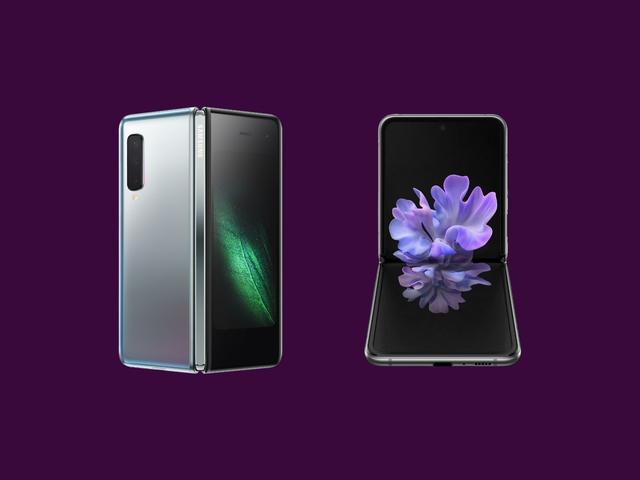

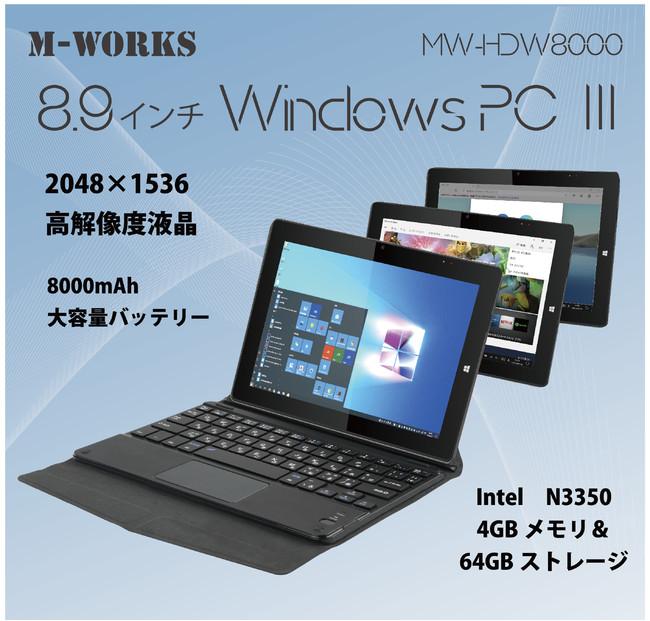
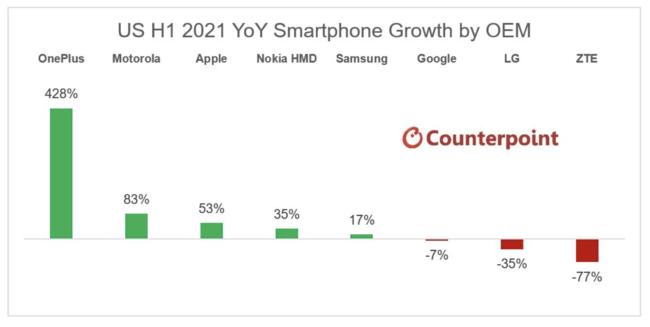
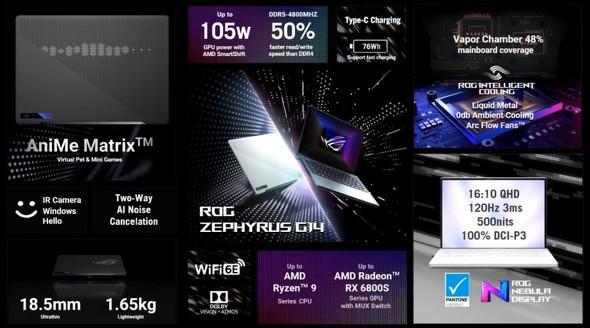
![[Amazon time sale in progress! ] 64GB microSD card of 1,266 yen and wireless earphone with noise canceling function of 52% off, etc. [Amazon time sale in progress! ] 64GB microSD card of 1,266 yen and wireless earphone with noise canceling function of 52% off, etc.](https://website-google-hk.oss-cn-hongkong.aliyuncs.com/drawing/article_results_9/2022/3/9/c88341f90bab7fe3ce1dc78d8bd6b02d_0.jpeg)
